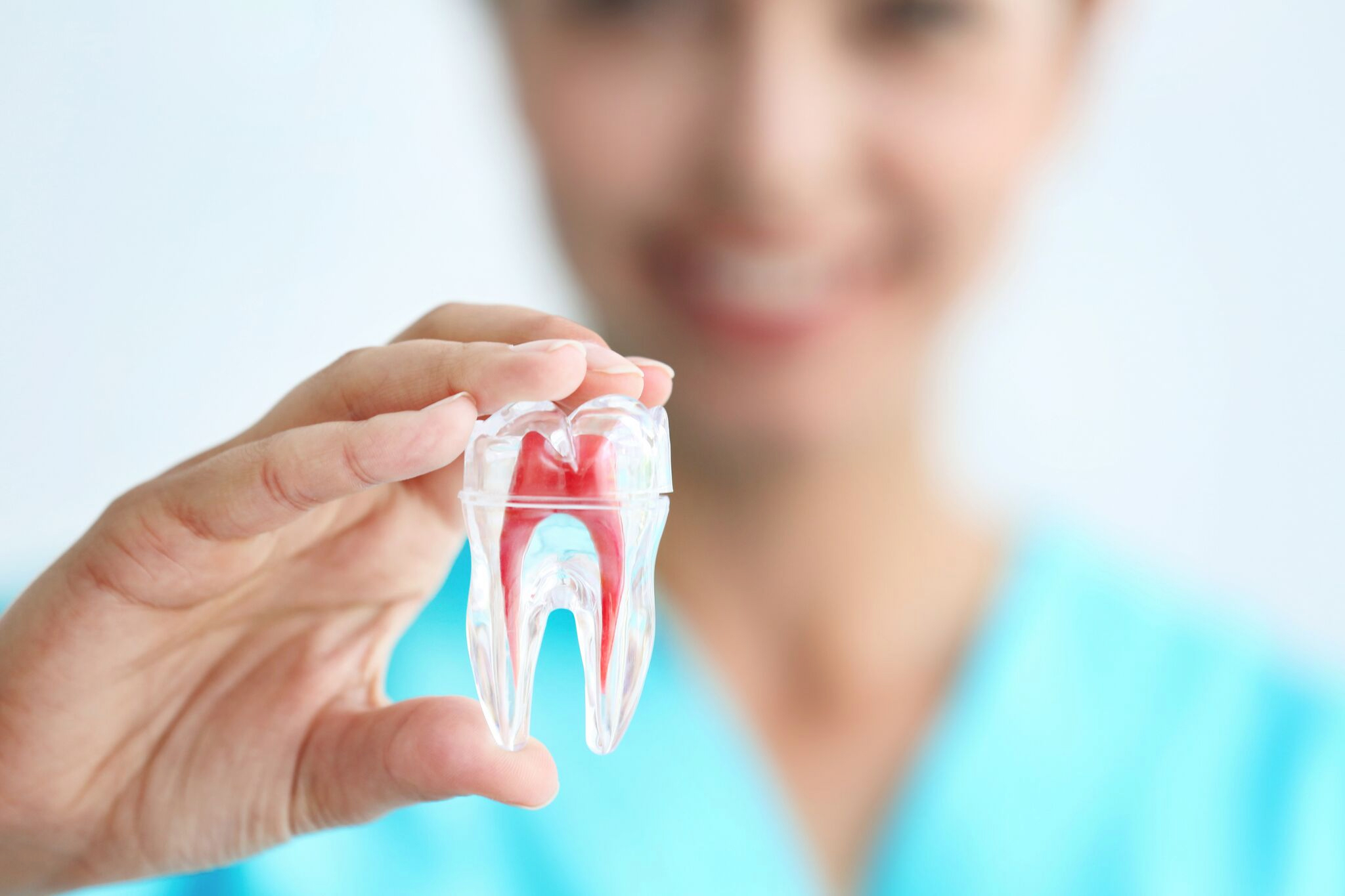
Root canal refers to the natural decay within the tooth’s centre. The pulp chamber or pulp is the soft region within the root canal. The tooth’s nerve is in the root canal.
After the tooth has developed through the gums, this nerve is not vital to a tooth’s well-being and function. It only serves for sensory of cold or hot. If the nerve were absent, it wouldn’t affect the everyday functioning of the tooth.
What Destroys a Tooth’s Nerve and Pulp?
The pulp and tooth’s nerve and can become inflamed, irritated, and infected as a result of deep decay, steady dental procedures, or large fillings, a break or crack in the tooth, or injury to the face.
Root Canal Treatment
A root canal treatment [รักษารากฟัน, which is the term in Thai] is a treatment for repairing a tooth that is severely decayed or infected. The nerve and pulp are extracted during this treatment, and the inside of the tooth is washed and sealed. If this treatment is not done, the tooth surrounding tissue will get infected and may form abscesses.
Why Remove Tooth Pulp?
Following damage, tooth’s nerve tissue or pulp wears down, and bacteria start to increase within the chamber of the pulp. This can cause an infection or abscess. An abscess is a pus-filled sac that appears at the tooth’s root. It grows when the infection spreads past the edges of the roots of the tooth. Alongside an abscess, an infection in the canal root of a tooth can cause:
- Swelling that may expand to other regions of the neck, head or face,
- Losing of bones surrounding the tip of the root
- Drainage issues spreading outward from the root. A hole drilling in the gums on the sides of the tooth or through the cheek draining into the skin can occur.
